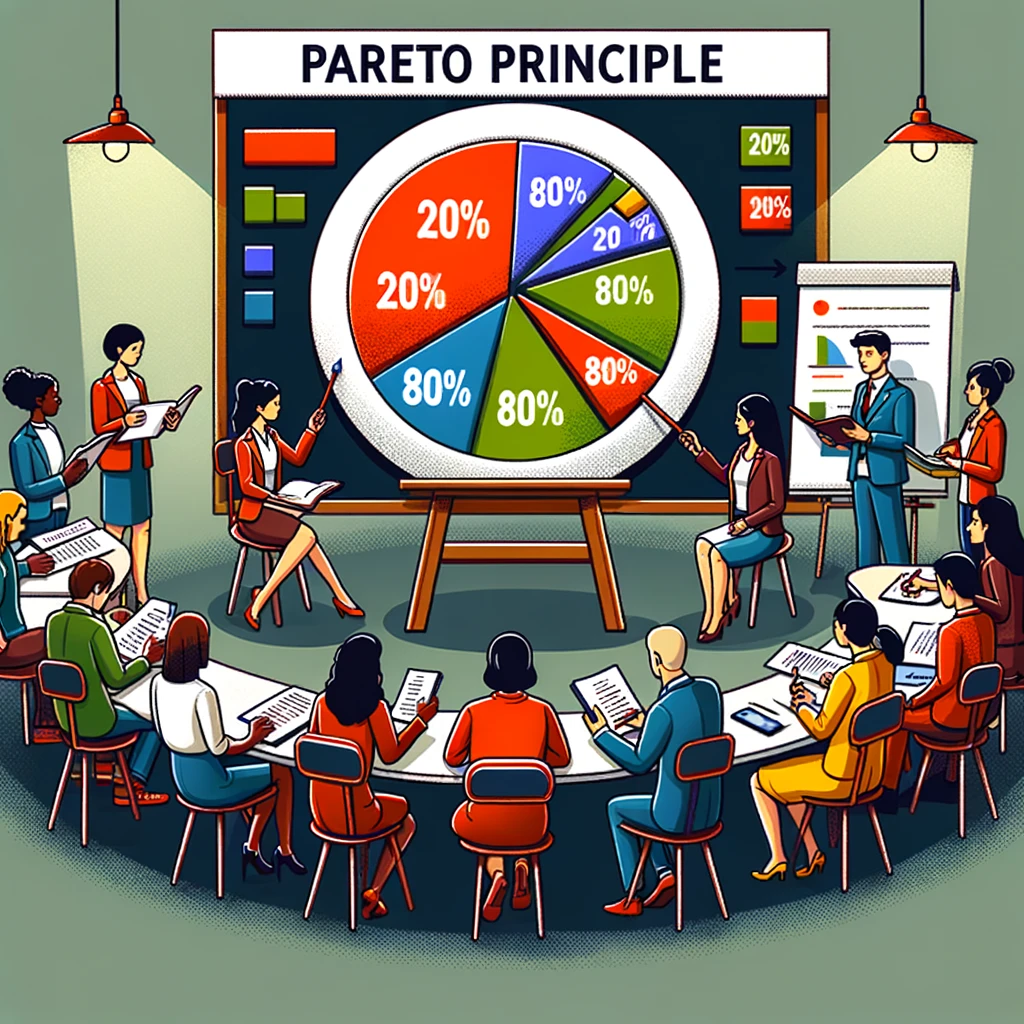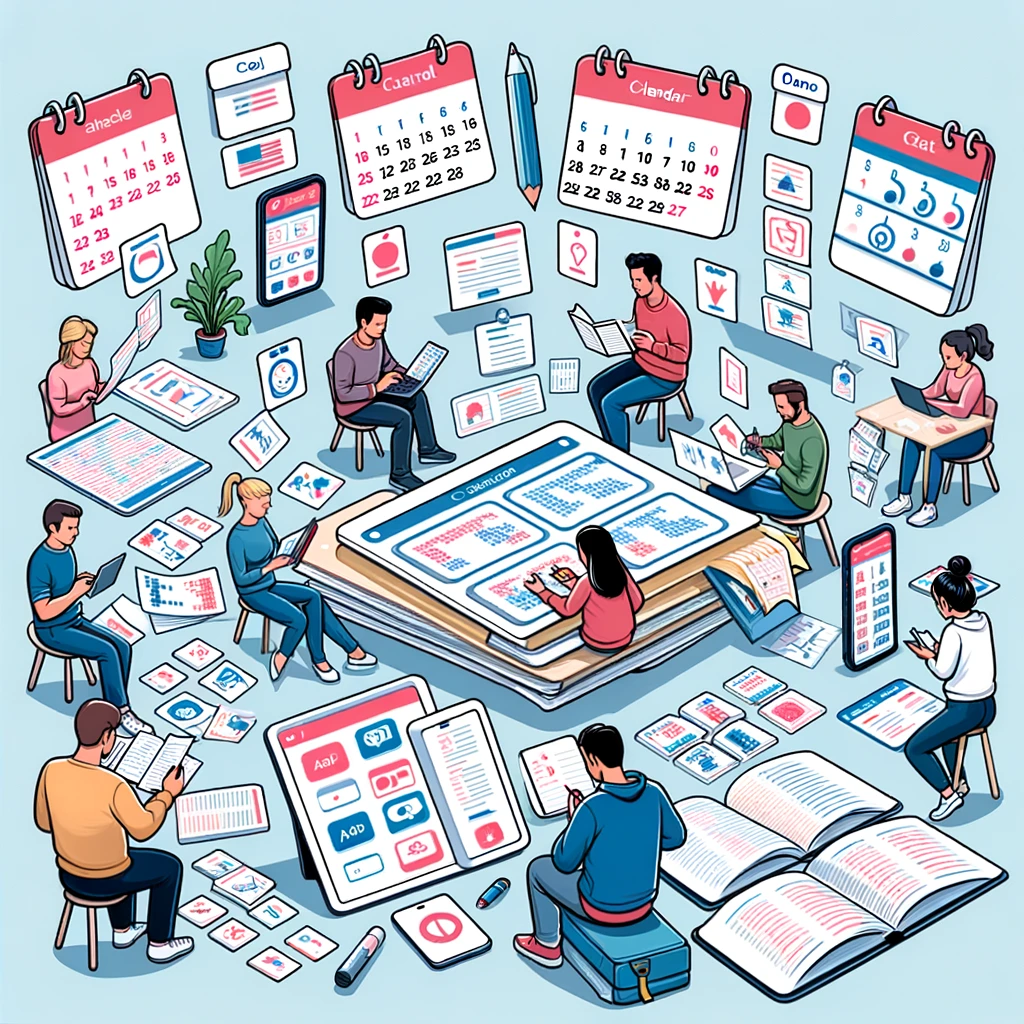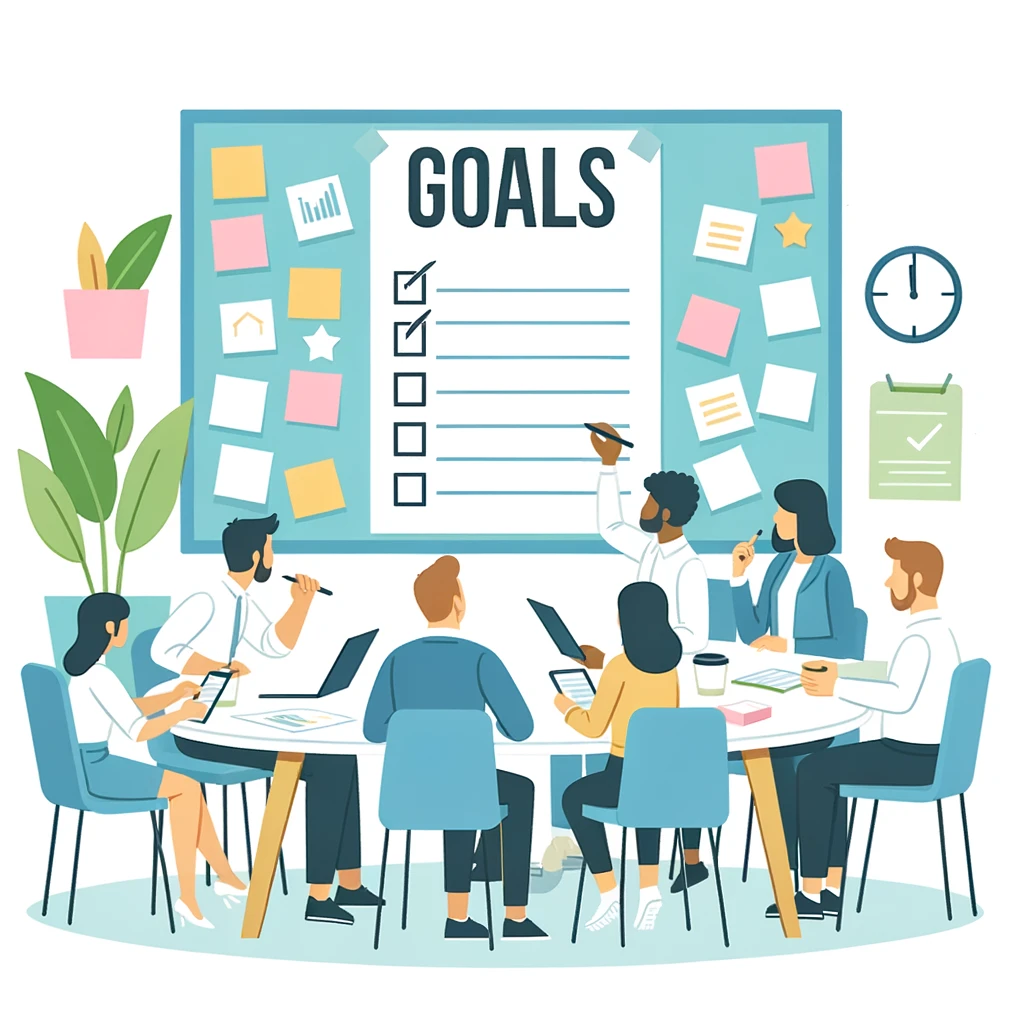Estimated reading time: 5 mins
The ability to learn quickly and effectively is a key skill in the rapidly changing modern world. Whether it’s picking up a new language, mastering a musical instrument, adapting to a new software, or simply acquiring a new hobby, the speed and efficiency of how we progress learning can greatly impact our personal and professional growth. However, the question often arises: How can you accelerate this learning process? Fortunately, there are several proven strategies and techniques that can help anyone learn more quickly and retain information more effectively. In this guide, we will explore these methods, providing a comprehensive roadmap for anyone looking to enhance their learning skills and achieve their goals faster.

1. Progress Learning by Setting Clear, Specific Goals
The cornerstone of effective learning is the establishment of clear, specific goals. This means not just deciding to ‘learn Spanish’ or ‘get better at coding’, but setting precise objectives like ‘converse fluently in Spanish about everyday topics within six months’ or ‘master Python basics to build a simple application in three months’. These well-defined targets give you a concrete endpoint to aim for and help in measuring your progress. They also make the learning process more tangible and manageable. By breaking down your ultimate goal into smaller, achievable milestones, you create a structured path forward, which boosts motivation and provides a clear sense of direction. Setting specific goals helps in focusing your efforts and resources on what is most important, making your learning journey more efficient and rewarding
2. Break Down the Learning Process
Divide your learning into manageable chunks. Instead of overwhelming yourself with the entire piano sonata, focus on mastering one measure at a time. This approach makes learning less daunting and more structured.
3. Progress Learning by Using the Pareto Principle (80/20 Rule)


Use the Pareto Principle by focusing on the 20% of the material that will give you 80% of the results. In language learning, this might mean focusing on the most common vocabulary and grammar rules first, as they are used more frequently in everyday conversation.
4. Practice Deliberately
Deliberate practice involves focused, goal-oriented practice sessions. It’s not just about the hours you put in, but how you use those hours. Always have a clear objective for each practice session.
5. Progress Learning by Staying Physically and Mentally Healthy
Physical exercise, good nutrition, and adequate sleep greatly impact learning efficiency. A healthy body fosters a healthy mind, which is more receptive to learning.
6. Progress Learning by Using Spaced Repetition
Spaced repetition is a highly effective learning technique, particularly for memorization tasks like language vocabulary or historical dates. This method involves reviewing the learned material at increasing intervals over time. For instance, you might review a new word you’ve learned one day after first encountering it, then three days later, then a week later, and so on. This strategy leverages the psychological spacing effect, where information is more easily recalled if it’s studied a few times over a longer period, rather than crammed in a short span. By spacing out the review sessions, you enhance the durability of the memory, leading to longer retention. Digital tools like flashcard apps often have built-in spaced repetition algorithms, making it easier to apply this technique systematically to your learning process.


7. Apply the Feynman Technique
The Feynman Technique, named after the Nobel Prize-winning physicist Richard Feynman, is a powerful method for deeply understanding and remembering concepts. It involves four key steps: first, choose a concept you want to learn and study it thoroughly. Second, explain it in your own words as if you were teaching it to someone else, ideally to someone without a background in the subject. This step is crucial as it forces you to simplify the concept and think about it more clearly. Third, identify areas where your explanation is lacking and return to your study materials to fill in these gaps. Lastly, simplify and organize the information into a narrative that flows logically. This technique not only solidifies your understanding but also highlights areas that need more attention, making your study sessions more focused and effective.
8. Cross-Train Your Brain
Engage in different types of learning activities. If you’re learning to code, don’t just write code; also read about coding, watch coding tutorials, and discuss coding problems with others. Different activities reinforce learning in varied ways.
9. Progress Learning by Using Mnemonics and Visualization
These are powerful tools for memory. Create acronyms, vivid images, or stories to remember information. For example, to remember musical notes on a staff, people often use the mnemonic “Every Good Boy Does Fine.”
10. Practice in a Real-world Context
Apply what you’ve learned in a real-world scenario. If learning a language, practice by speaking with native speakers. If you’re learning cooking, prepare meals. Real-world practice reinforces learning and builds confidence.
11. Get Feedback
Feedback is crucial for improvement. Find a mentor, coach, or use technology (like language learning apps with speech recognition) to get constructive feedback. Understanding your weaknesses helps you focus your efforts where they’re needed most.


12. Create a Positive Learning Environment
Your environment should be conducive to learning. This could mean a quiet study room, having all the necessary materials at hand, or surrounding yourself with motivational quotes or pictures.
13. Leverage Digital Tools and Online Resources
There are countless apps, online courses, and digital tools designed to aid learning. These resources often offer interactive and engaging ways to learn, making the process more enjoyable and effective.
14. Progress Learning by Joining a Learning Community
Engaging with a learning community is a transformative step in your educational journey. These communities, whether online or in-person, bring together people with similar learning objectives and challenges. By joining forums, social media groups, study clubs, or local workshops, you expose yourself to diverse perspectives and insights that can enrich your own understanding. In these communities, members share resources, offer advice, provide feedback, and sometimes collaborate on projects. This social aspect of learning keeps you motivated, helps overcome feelings of isolation, and can introduce a sense of healthy competition. Additionally, teaching others or discussing concepts within these groups reinforces your own learning, making it a mutually beneficial experience. Being part of a learning community creates a supportive and stimulating environment that can significantly enhance your learning experience.
15. Reflect on Your Progress


Regularly reflect on what you’ve learned and how far you’ve come. This reflection not only boosts your morale but also helps you identify areas that need more work.
16. Stay Curious and Have Fun
Lastly, learning should be enjoyable. Stay curious and try to find fun in the process. When you’re genuinely interested in something, you’re more likely to stick with it and learn effectively.
In conclusion, accelerating your learning process isn’t about taking shortcuts, but rather about maximizing efficiency and effectiveness. By setting clear goals, practicing deliberately, using effective techniques like spaced repetition and the Feynman method, and maintaining a healthy, supportive learning environment, you can progress quickly in any field of study. Remember, the key to rapid learning lies not only in the strategies you use but also in a persistent, curious, and positive mindset.
